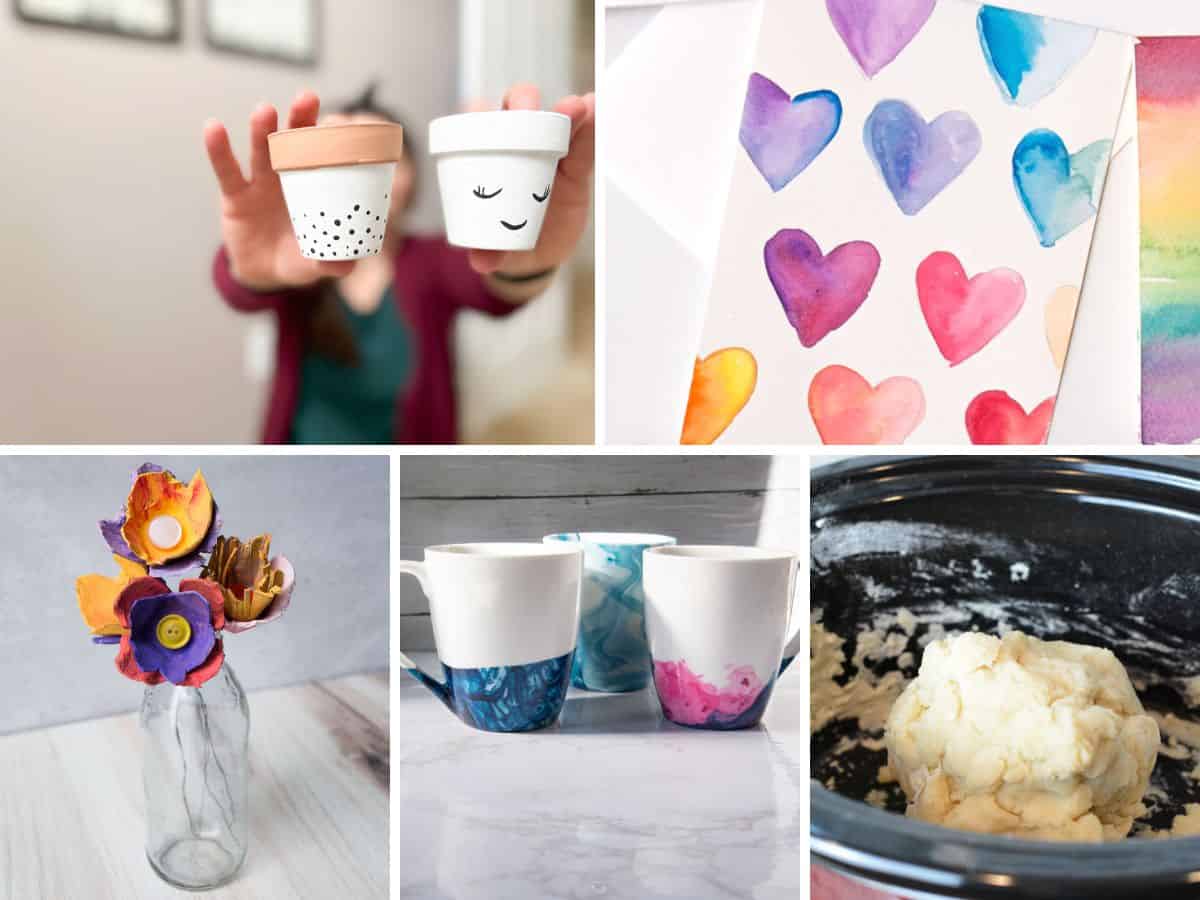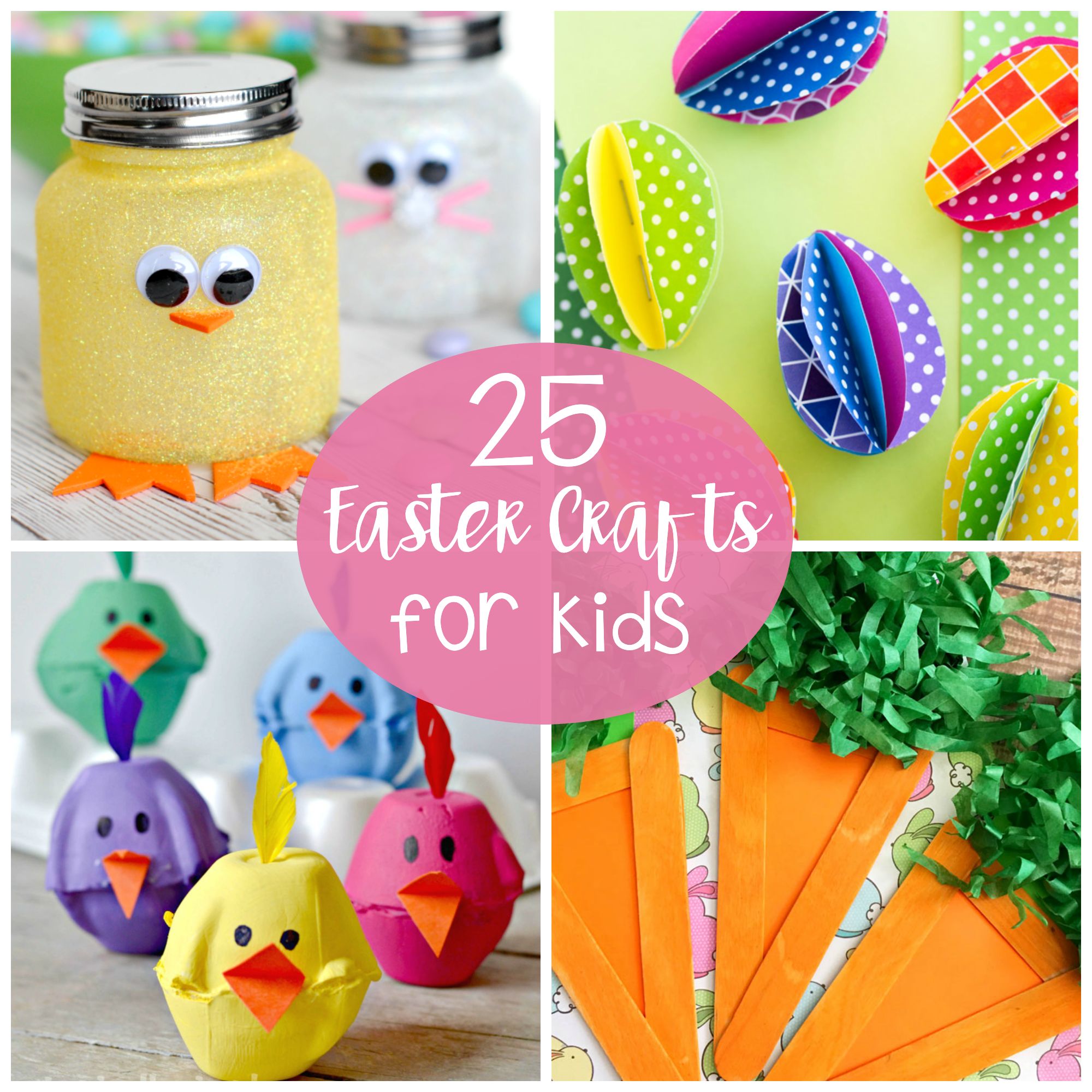Easy crafts kids can sell? Think beyond lemonade stands! This isn’t your grandma’s knitting circle; we’re talking about unleashing inner entrepreneurs, crafting adorable creations, and turning playtime into profit. From recycled-treasure masterpieces to yarn-bombing wonders, we’ll equip young artisans with the skills to design, market, and sell their handiwork, transforming crafting into a seriously fun business venture. Get ready for a whirlwind of creativity, clever marketing, and maybe even a little bit of entrepreneurial magic!
This guide dives deep into the delightful world of kid-run craft businesses, offering a comprehensive roadmap from initial inspiration to successful sales. We’ll explore a diverse range of craft ideas, providing practical tips on material selection, production timelines, and pricing strategies. Marketing and sales techniques, including online and offline approaches, will be covered, along with essential advice on packaging, legal considerations, and responsible money management.
Prepare for a crafting adventure that’s as rewarding as it is profitable!
Easy Crafts Kids Can Sell: A Young Entrepreneur’s Guide
Ever dreamt of your child running their own little business? It’s easier than you think! With a dash of creativity, a sprinkle of entrepreneurial spirit, and a whole lot of fun, kids can transform their crafting skills into a profitable venture. This guide provides a comprehensive roadmap for young entrepreneurs, covering craft ideas, marketing strategies, packaging tips, legal considerations, and creative enhancements.
Craft Ideas for Young Entrepreneurs

Here are ten easy-to-make crafts perfect for budding business owners, categorized by material type. Remember to consider your child’s skill level and the time commitment involved.
| Craft Name | Materials Needed | Estimated Production Time | Potential Selling Price |
|---|---|---|---|
| Recycled-Bottle Planters | Plastic bottles, paint, soil, small plants | 30 minutes per planter | $5-$8 |
| Yarn-Wrapped Coasters | Yarn, cardboard circles, glue | 15-20 minutes per coaster | $3-$5 |
| Clay Animals | Air-dry clay, paint, varnish | 45 minutes – 1 hour per animal (plus drying time) | $7-$12 |
| Beaded Keychains | Beads, keychain rings, wire or string | 10-15 minutes per keychain | $2-$4 |
| Painted Rocks | Smooth rocks, acrylic paints, sealant | 15-20 minutes per rock | $2-$5 |
| Friendship Bracelets | Embroidery floss | 30-45 minutes per bracelet | $3-$6 |
| Cardboard Tube Pencil Holders | Cardboard tubes, paint, glue, decorative items | 20-30 minutes per holder | $4-$7 |
| Homemade Candles (with adult supervision) | Wax flakes, wicks, essential oils, jars | 1 hour per candle (plus cooling time) | $8-$15 |
| Decorated Tote Bags | Plain tote bags, fabric markers, stencils | 30-45 minutes per bag | $6-$10 |
| Homemade Soap (with adult supervision) | Soap base, essential oils, molds | 45 minutes – 1 hour per batch | $5-$10 per bar |
Profit margin will vary depending on material costs. For example, a recycled-bottle planter might cost $1 in materials, resulting in a profit of $4-$7 per planter. Always encourage your child to track expenses meticulously.
Marketing and Sales Strategies for Kids

Children can utilize various methods to sell their crafts, each offering unique advantages and reaching different customer bases.
- Online Marketplaces: Platforms like Etsy (with adult assistance) allow children to reach a wider audience. Careful consideration of photos and descriptions is vital.
- Local Craft Fairs: These events offer face-to-face interaction with potential customers, allowing kids to showcase their creativity and personality.
- School Events: School bazaars, fairs, or even classroom sales provide a built-in customer base of friends and classmates.
Setting up a simple online shop involves these steps:
- Choose a platform (e.g., Etsy, a social media page).
- Take high-quality photos of the crafts.
- Write clear and engaging product descriptions.
- Set competitive prices.
- Establish a secure payment method (with adult supervision).
- Promote the shop through social media or word-of-mouth.
Pricing strategies should consider production costs, time invested, and the target audience. Slightly higher prices for unique, personalized items are justified.
Packaging and Presentation
Attractive packaging significantly impacts sales. It should be cost-effective and enhance the visual appeal of the crafts.
- Simple gift bags or boxes
- Recycled materials like newspaper or fabric scraps
- Custom-designed labels or tags
- Tissue paper or shredded paper for filling
Packaging examples:
- Clay Animals: Each animal could be nestled in a small, decorated cardboard box lined with tissue paper. A handwritten tag could mention the animal’s name and a short description.
- Yarn-Wrapped Coasters: These could be individually wrapped in cellophane and tied with a ribbon. A small, printed label could add a touch of professionalism.
- Friendship Bracelets: Presented on a simple card with a description, perhaps even a small charm attached.
Packaging that is both visually appealing and functional is more effective in attracting customers. Simple, elegant packaging often outperforms overly complicated designs.
Legal and Practical Considerations, Easy crafts kids can sell
While running a craft business is fun, some practical and legal aspects need attention.
- Permits and Licenses: Depending on location and scale, certain permits might be required (check local regulations). For smaller operations, this is often not necessary.
- Pricing and Taxes: While children are unlikely to face tax obligations, learning about basic pricing and handling money responsibly is crucial.
- Online Safety: If selling online, ensure adult supervision to protect the child’s privacy and data security.
Tips for responsible money handling:
- Keep track of all income and expenses.
- Save a portion of the earnings.
- Spend wisely, avoiding impulse purchases.
- Discuss financial goals with parents or guardians.
A simple business plan includes: target market (friends, family, school community), product offerings, pricing strategy, marketing plan (how will they sell their crafts?), and financial projections (estimated costs and profits).
Craft Enhancement and Customization
Adding unique touches can significantly enhance the appeal and value of crafts.
- Unique Designs: Encourage children to develop their own unique style and design elements.
- Personalization: Adding names, initials, or special messages increases the perceived value and makes each item special.
- High-Quality Materials: Using slightly more expensive, durable materials can justify a higher price point.
Personalization significantly boosts sales by making crafts feel more personal and special to the buyer. Consider offering color choices, name additions, or custom designs based on customer requests.
Creating custom-designed crafts involves direct communication with the customer to understand their preferences, selecting appropriate materials, and then crafting the item according to the specifications. This often commands a higher price due to the personalized nature.
So, there you have it – a comprehensive guide to transforming your child’s creative spark into a thriving mini-enterprise! From brainstorming brilliant craft ideas and mastering marketing strategies to navigating the exciting world of packaging and sales, we’ve covered it all. Remember, the key is to nurture their creativity, encourage responsible financial practices, and most importantly, have fun along the way.
Who knows, the next big crafting sensation might just be brewing in your very own home! Let the crafting commence!
Common Queries
What if a kid makes a mistake on a craft?
Mistakes are learning opportunities! Embrace imperfections – they add character. If it’s a minor flaw, it might add to the charm. For larger issues, repurpose the materials or try again.
How do I handle customer complaints?
Listen carefully, apologize sincerely, and find a solution. This could involve a refund, remake, or discount on a future purchase. Positive customer service builds loyalty.
How can kids manage their earnings responsibly?
Finish your research with information from easy crafts to do at home.
Start a savings account, set aside a portion for reinvestment in their business (materials), and allow for a small amount of spending money. Involve them in tracking income and expenses.
What if a child wants to quit selling their crafts?
That’s okay! It’s a learning experience. Celebrate their efforts, thank them for their hard work, and encourage them to explore other interests.


